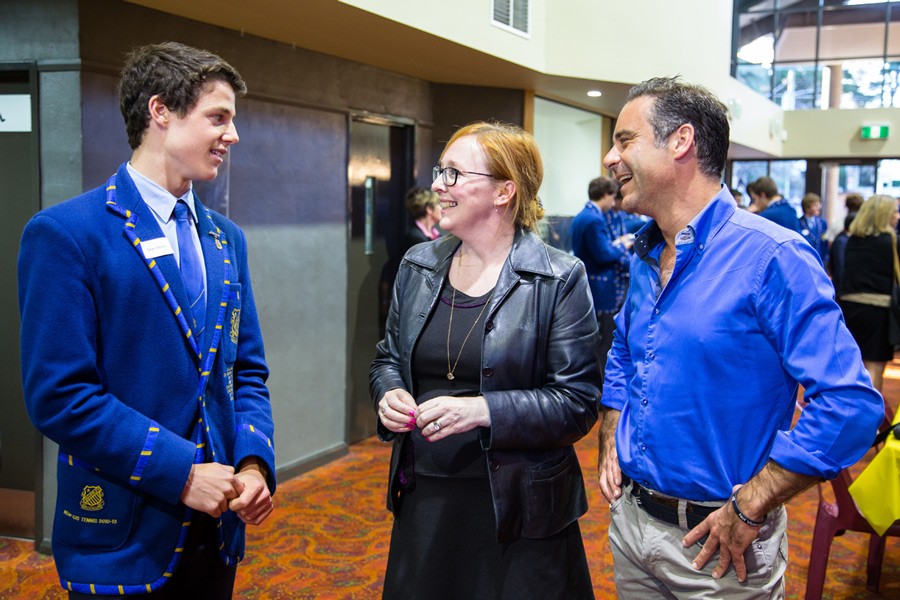
Public relations is not just for politicians and businesses. Media relations is a tool that can help the education sector earn (and rebuild) the trust and attention it deserves.
Trust in educational institutions is in deficit. From the boardroom mismanagement of private and independent schools to the revelations of the Institutional Responses to Child Sexual Abuse, parents of students and the surrounding community have become wary about the staff and culture of their schools.
If you’ve noticed the public relations (PR) efforts of education providers ramp up recently in response to waning trust, well spotted. However, for the most part these efforts have been piecemeal at best. The media spotlight hovers temporarily over the school’s achievements and then pulls away before they can gain any real momentum.
Most industries, including the education sector, lack an understanding of how PR and the media work. The key to an effective PR campaign is relevance, supported by a campaign to become an institution people know, like, and trust.
What PR can do for your school
Relevance is related to branding. What does the school or college want to be known for? Its superior sporting facilities and achievements? Its pastoral care? Its award-winning STEM programs? Its diverse and inclusive faculty and student body? Make your PR relevant to that focus.
For example, it makes no sense for a sports high school spokesperson to dwell on the cake stall fundraiser that helped the campus afford a new basketball court without emphasising the benefits of the facility and how it will support the students, present and future.
When used right, media coverage can:
- boost an education provider’s brand
- build trust in the local community
- reassure families that they are making/have made the right decision in choosing the education provider
- complement and build on existing marketing campaigns
- create content for website and social platforms
- lead to further media coverage and consumer awareness.
However, raising awareness is only one part of PR. PR is also about reputation management, and for that you need to build a foundation of trust. Trust doesn’t come from a single piece of positive media coverage, it’s an ongoing process that cumulatively builds a good impression. Consistent validation not only tells stakeholders about how great the school is, it shows them. Not doing anything with the coverage is a missed opportunity to maximise brand awareness and maintain a good reputation so you can foster new enrolments and ongoing trust with existing students’ families.
Extend the positives
Once you’ve attained positive media coverage, use that initial step as momentum. Thank the reporter and let them know you’d be happy to contribute comments in related areas that strengthen your brand. For example, if they’ve just covered the school’s launch of a peer support program for students with a disability, let them know you can also talk about inclusion in other contexts.
Don’t rely on just the coverage to tell your story. You can spread the word among students and parents in your school newsletter – ‘Did you see us in the news?’ – and also the community at large via social media. If possible, create a repository of media mentions by saving the clip on your website for reference. Coverage may be subject to copyright, so make sure you check with the outlet regarding what you can display. Consider framing and displaying published material in your reception area and have copies in waiting rooms for parents and visitors to see when they visit.
Dealing with negative attention
But what if your school is involved in an incident that potentially damages its reputation? It’s crucial that you’re quick to stay ahead of rumours. If you take too long to address it or respond to questions, the speculation that fills the gaps can often be as damaging.
If an apology is in order, issue one as soon as possible. Explain the incident, acknowledge the impact and take responsibility proportional to the impact. Next, state what the school will do to make things right. Even if the incident was an accident or out of the school’s control, there are often actions you can take to avoid a repeat situation, or you could offer support to the affected parties. Turning around a negative incident not only preserves your reputation but can actually enhance it, showing how responsive, compassionate and active the school is for its staff and students.
Being media-minded
PR should be part of your toolbox when you reach out to the wider community. Reputation is not bought, it is earned, so start as early as possible to ensure you can be the author of your own story. Done right, PR allows you to share that narrative to ensure people know, like and trust you.
This article, by Phoebe Netto, founder of Pure Public Relations, originally appeared in Education Review.
About Phoebe Netto
Phoebe Netto is the founder of Pure Public Relations, a PR firm for the education sector, SMEs and not-for-profits, that focuses on outcomes, not output – it’s pure and simple. purepublicrelations.com.au



